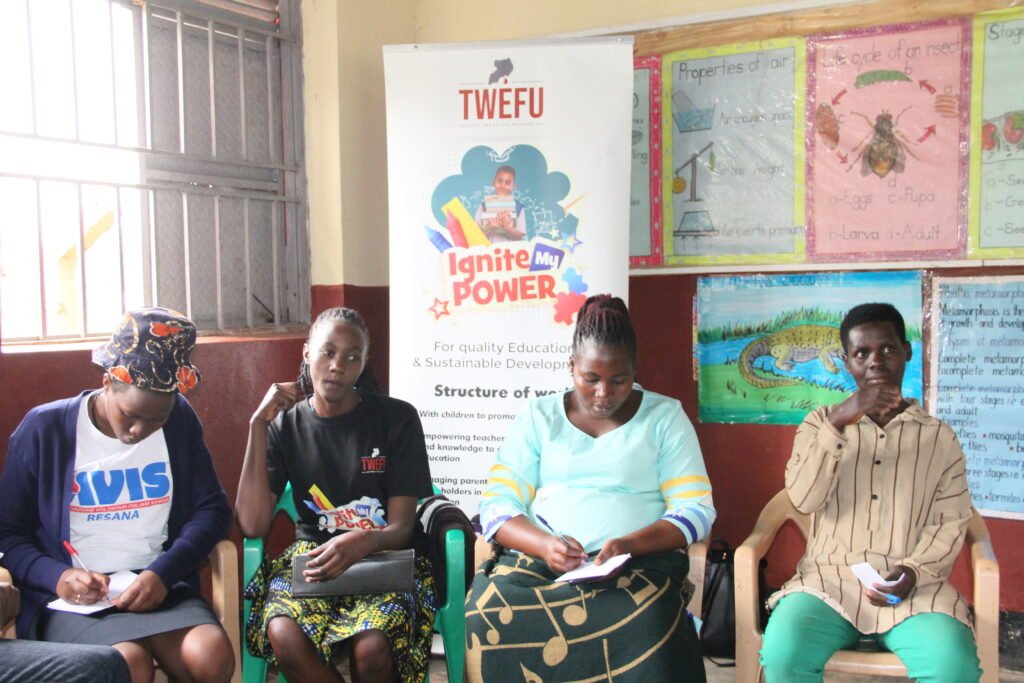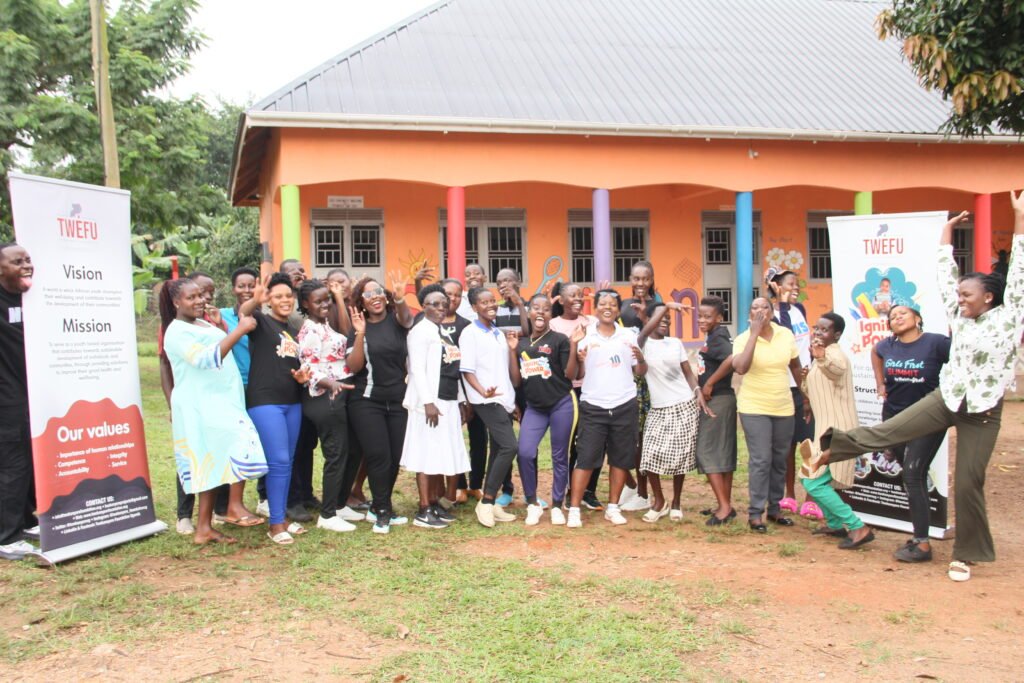BLOG POST


Details
READING TIME
3 min
The Role of Menstrual Hygiene in Gender Equality and Women's Empowerment
Menstrual hygiene is about more than just access to sanitary products—it’s about dignity, health, and gender equality. Around the world, millions of women and girls lack access to affordable menstrual hygiene products, which affects their education, work, and overall well-being. Period poverty and menstrual inequity hinder progress toward gender equality and women's empowerment.
This blog post explores how addressing menstrual hygiene can contribute to achieving gender equality and empowering women globally.
Menstruation is a natural part of life, yet for many women and girls, it becomes a barrier to education, work, and participation in everyday activities. Lack of access to affordable menstrual products, inadequate sanitation facilities, and persistent cultural taboos create an environment where menstruators are often left feeling ashamed or disadvantaged.
Period poverty—the inability to afford menstrual hygiene products—leads to missed school days, work absenteeism, and in some cases, complete withdrawal from education. In low-income countries, up to 50% of girls miss school during their periods due to lack of access to products or proper sanitation facilities. This absenteeism leads to a widening education gap between girls and boys, perpetuating cycles of poverty and limiting economic opportunities for women.
Furthermore, menstrual inequity is not only a developing world issue. Even in wealthier countries, marginalized groups—such as homeless women or those living in poverty—struggle to access affordable menstrual products. This perpetuates a gendered experience of poverty, reinforcing inequalities in education, employment, and health.
Key Solutions
1) Making Menstrual Products Affordable and Accessible: Governments and NGOs must prioritize making menstrual products affordable and accessible to all women. This can be achieved through subsidized products, free distribution programs in schools, workplaces, and public restrooms, or by removing taxes on sanitary products (often referred to as the “tampon tax”).
2) Improving Sanitation Facilities: Schools and workplaces need adequate sanitation facilities where women and girls can manage their menstruation with dignity. This includes providing clean, private restrooms with access to water, soap, and disposable bins for sanitary waste.
3) Education and Advocacy: Raising awareness about menstruation and period poverty is essential for reducing stigma and empowering women. Educational programs in schools should teach both girls and boys about menstruation to create a supportive environment. Advocacy campaigns that promote menstrual equity and call for policy changes are crucial to creating long-term solutions.
4) Corporate Responsibility and Social Innovation: Businesses can play a role by providing menstrual products in restrooms, supporting menstruation-friendly workplace policies, and investing in sustainable menstrual product innovations. Corporate sponsorship of menstrual hygiene initiatives can also increase access and reduce stigma.
Addressing menstrual hygiene is essential to achieving gender equality and empowering women. By providing affordable and accessible menstrual products, improving sanitation facilities, and promoting education and awareness, we can ensure that menstruation is no longer a barrier to education or economic opportunities. Empowering women through menstrual equity will create a more inclusive and equal society for all.







